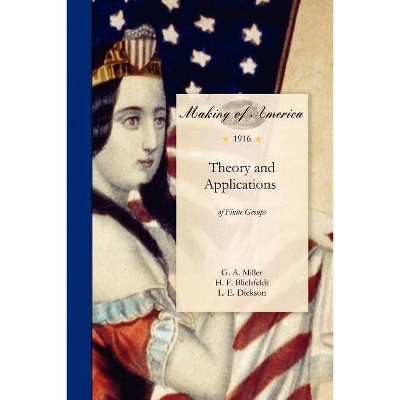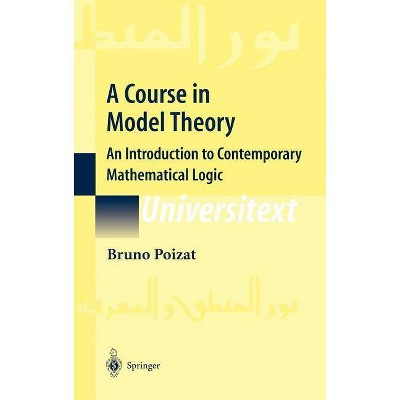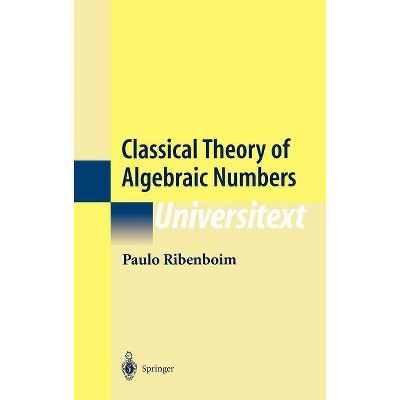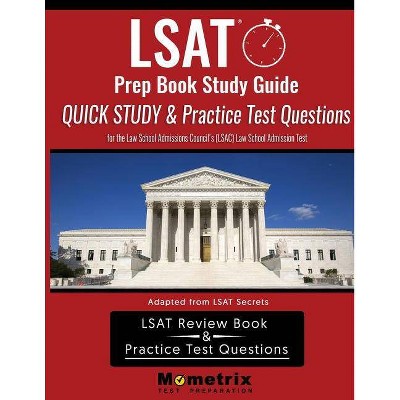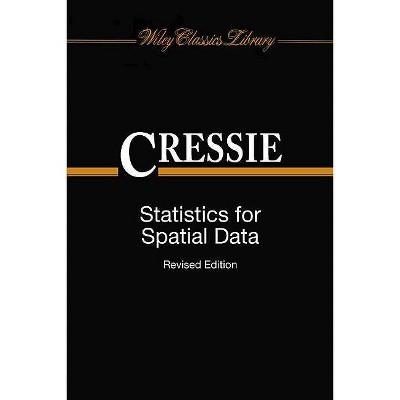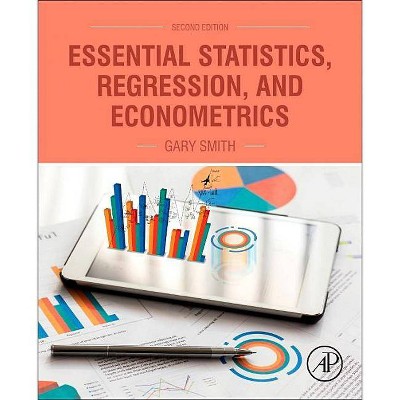The Theory of Finite Groups - (Universitext) by Hans Kurzweil & Bernd Stellmacher (Hardcover)

Similar Products
Products of same category from the store
AllProduct info
<p/><br></br><p><b> Book Synopsis </b></p></br></br><p>From reviews of the German edition: </p> <p>"This is an exciting text and a refreshing contribution to an area in which challenges continue to flourish and to captivate the viewer. Even though representation theory and constructions of simple groups have been omitted, the text serves as a springboard for deeper study in many directions. One who completes this text not only gains an appreciation of both the depth and the breadth of the theory of finite groups, but also witnesses the evolutionary development of concepts that form a basis for current investigations. This is accomplished by providing a thread that permits a natural flow from one concept to another rather than compartmentalizing. Operators on sets and groups are introduced early and used effectively throughout. The bibliography provides excellent supplemental support...The text is tight; there is no fluff. The format builds on concepts essential for later expansion and associated reading. On occasion, results are stated without proof; continuity is maintained. Several proofs are provided free of representation theory on which the originals were based. More generally the proofs are direct, perhaps at times brief. The focus is on the underlying structural components, with selected details left to the reader. As a result the reader develops the maturity required for approaching the literature with confidence. The first eight chapters have an abundance of exercises, not prorated, and some of the more challenging are addressed later in the text. Due to the nature of the material, fewer exercises appear in the remaining chapters." <em>(H. Bechtell, Mathematical Reviews)</em></p><p/><br></br><p><b> From the Back Cover </b></p></br></br><p> From reviews of the German Edition: </p> <p>"This is an exciting text and a refreshing contribution to an area in which challenges continue to flourish and to captivate the viewer. Even though representation theory and constructions of simple groups have been omitted, the text serves as a springboard for deeper study in many directions. One who completes this text not only gains an appreciation of both the depth and the breadth of the theory of finite groups, but also witnesses the evolutionary development of concepts that form a basis for current investigations. This is accomplished by providing a thread that permits a natural flow from one concept to another rather than compartmentalizing. Operators on sets and groups are introduced early and used effectively throughout. The bibliography provides excellent supplemental support."</p> <p>H. Bechtell, Mathematical Reviews</p> <p>"Altogether, we have a well written book, which gives an introduction into the field and furthermore shows us one of the most active recent areas of research. This is the first book which shows us the amalgam method and moreover shows us how it works. Maybe it can get the same influence on group theory today as Gorenstein's famous book got in the late sixtees and seventees. This book should be in any library."</p> <p>G. Stroth, Zentralblatt</p><p/><br></br><p><b> Review Quotes </b></p></br></br><br><p>From the reviews: </p> <p>H. Kurzweil and B. Stellmacher</p> <p><em>The Theory of Finite Groups</em></p> <p><em>An Introduction</em></p> <p><em>"An exciting and refreshing contribution to an area in which challenges continue to flourish and to captivate the viewer. The text serves as a springboard for deeper study in many directions. One who completes this text not only gains an appreciation of both the depth and the breadth of the theory of finite groups, but also witnesses the evolutionary development of concepts that form a basis for current investigations."</em></p> <p>--MATHEMATICAL REVIEWS</p> <p>"The book under review is incontrovertible proof that the theory of finite groups per se is alive and well too. ... is also a marvelous treatment of a large chunk of what is going on today. ... There are a lot of nice exercises, the scholarship is phenomenally thorough ... . The entire presentation is quite elegant. ... If I, personally, should wish to learn a lot of serious finite group theory I'd go with this book ... ." (Michael Berg, MathDL The MAA Mathematical Sciences Digital Library, July, 2004)</p> <p>"This book is a tour de force. In the space of 387 pages, it takes the reader from the definition of a group ... developing and illustrating many of the deepest techniques which have been deployed in the analysis of finite simple groups. ... It is also fascinating reading for anyone interested in getting an excellent introduction to a wide spectrum of ideas and methods, many originating in Thompson's N-group papers, which played a critical role in the original proof of the classification theorem." (Ronald Solomon, SIAM Reviews, Vol. 47 (4), 2005) </p> <p></p> <p>"This is the English translation of the book 'Theorie der endlichen Gruppen' (1998), which has met warmest reception and has been reviewed enthusiastically. ... a book which gives a deep insight into the modern theory of finite groups." (G.Kowol, Monatshefte für Mathematik, Vol. 146 (2), 2005)</p> <p>"This valuable text is a welcome translation of the highly-regarded German version ... . As a whole this book is carefully constructed and shows all the hallmarks of having been honed over a number of years so that the necessary concepts are all in place when needed, and the development unfolds in a fluent manner. ... This is a book which every serious student of finite groups will want to own, and one which makes a highly significant contribution to the discipline." (Robert T. Curtis, The Mathematical Gazette, Vol. 89 (515), 2005)</p><br>
Price History
Price Archive shows prices from various stores, lets you see history and find the cheapest. There is no actual sale on the website. For all support, inquiry and suggestion messagescommunication@pricearchive.us

